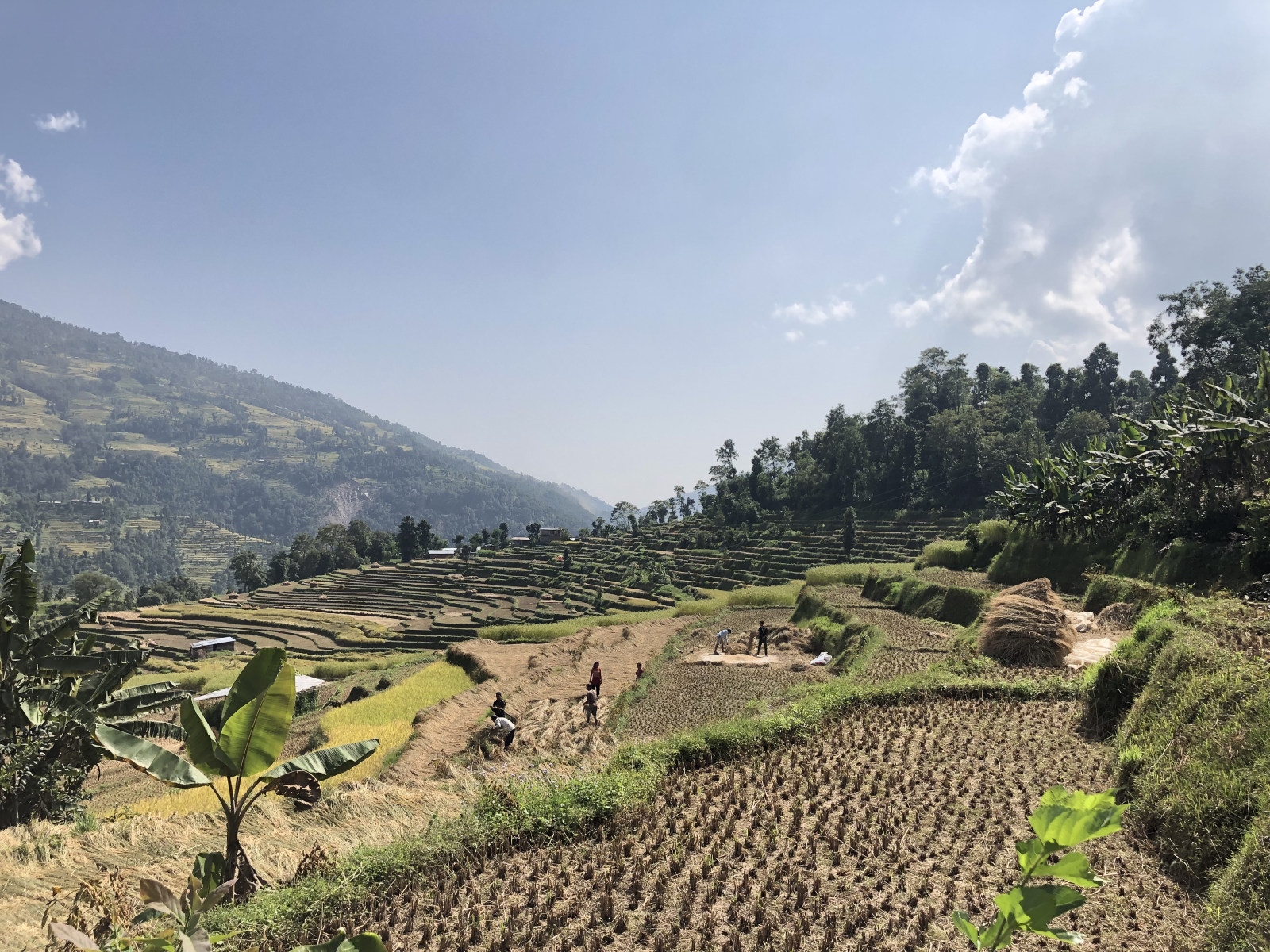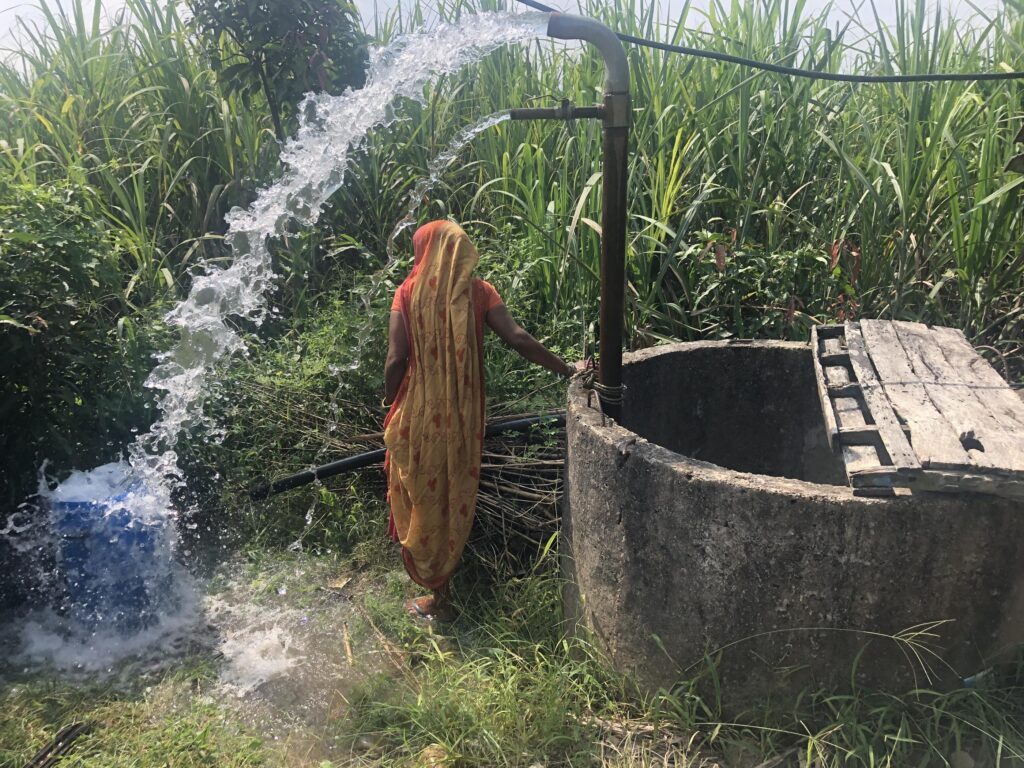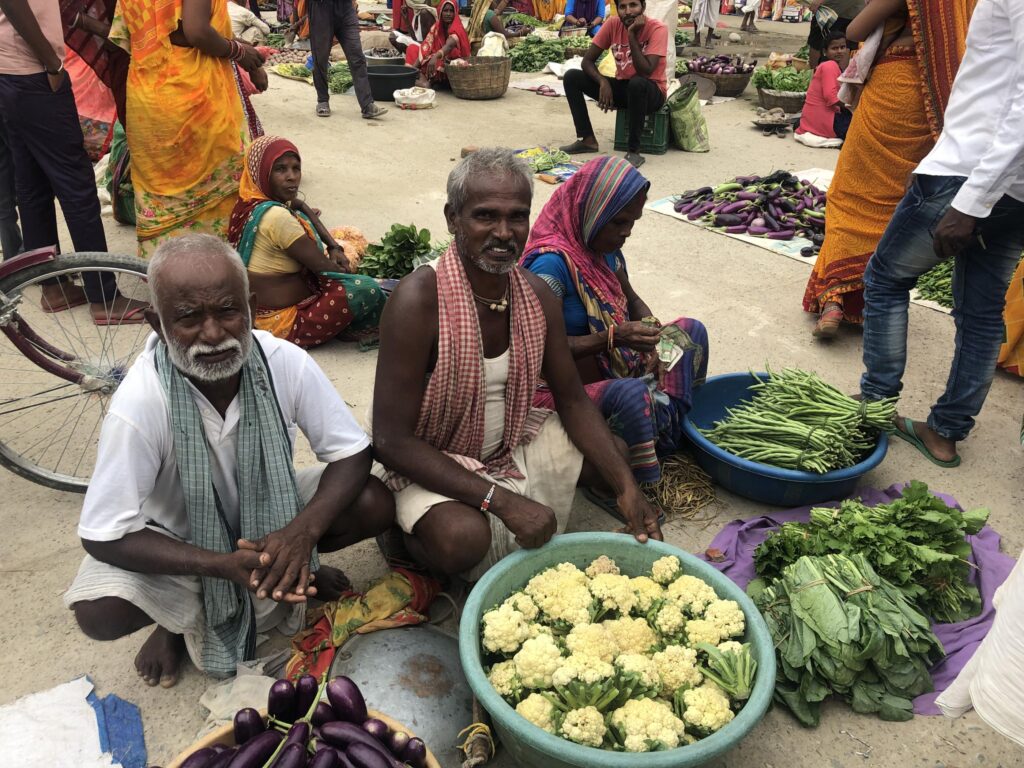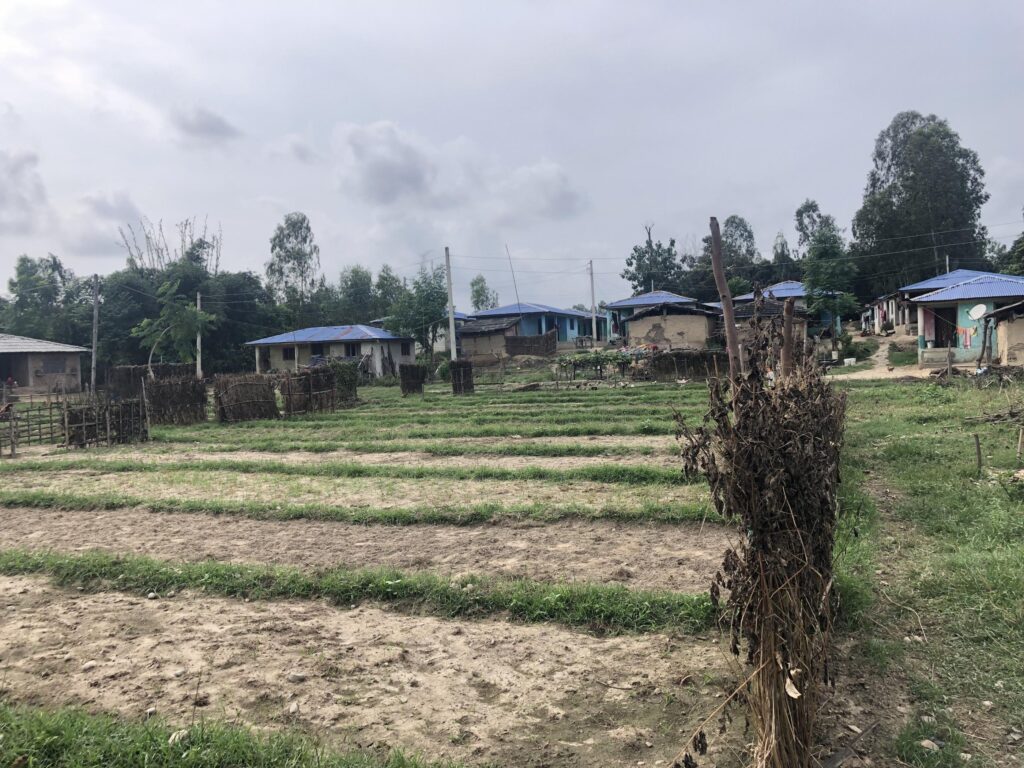What one NGO has learned from a year of climate resilience pilot programmes

Introduction
In 2022, World Jewish Relief realised that it needed to do more on the climate crisis. We had already been implementing emergency response programmes through our network of local partner NGOs, but we needed to be more proactive on this crucial issue. This article will outline how we have begun to do so, including the approach we took to programme design, the challenges we have faced and the lessons we are taking forward.
Firstly, our programmes team, leadership team, trustees, and supporters, all needed to understand our role. The climate crisis is incredibly complex, comes with many buzzwords, requires a whole new set of expertise, and it would be irresponsible for us to wade in without thinking. Our first duty must be to do no harm. So, we started by building our own understanding – we signed up to the IFRC Climate and Environment Charter for Humanitarian Organisations and reflected as to why we, as a Jewish humanitarian organisation, should be playing a role at all. We bought our supporters along, by publishing these thoughts, and developed our own in-house expertise with training and hiring our first Climate and Resilience Programmes Manager.
Next was determining what support our local partners needed, and what value we could add. We reviewed the climate-related risks facing our partners within their different countries, their ambitions for building climate resilience, and what was stopping them from doing so already. We found that partners had many ideas for programme activities, but were struggling to get started without a history of successful resilience programmes under their belt. This is something we have heard repeatedly since – excellent NGOs, well rooted in local communities, with strong operational experience in humanitarian response, unable to trial activities to build longer-term resilience or to build up their capacities to do so, as grants are mostly larger scale, or for activities and organisations that have already proven successful.
We then started with a round of pilot programmes. We started small to learn what works, build our credibility, and take risks investing in different types of programme activities. We would then scale up our investments when it became clear what was – and wasn’t – working.
This article is abridged from the original text in the report – ‘What one NGO has learned from a year of climate resilience pilot programmes’ which can be downloaded from ththe right hand column. Please access the original text for more detail, research purposes, full references, or to quote text.
Be as local as possible
- Buy-in requires communities, civil society and local governments being involved from day one in identifying priorities, risk assessments, activity design, and M&E.
- There are great resources already available which can be adapted to different contexts, such as CARE’s Community Vulnerability and Capacity Assessment (CVCA) toolkit.
- Hiring local gender advisors is essential; the different needs and capacities of men, women, boys and girls must be captured by locally-led gender assessments. Our local advisors uncovered that women felt unsafe travelling to our trainings in Myanmar, and that women were harvesting radish crops at the timing of our land rights forum meetings in Nepal, so we adjusted the locations and timings of the meetings.
- Many opportunities for strengthening our programme in Nepal have arisen from our partner’s working relationships with local government departments, and various land rights forums. These include government investing in complementary activities that build on ours, requesting trainings on climate resilience, asking for copies of the CVCA reports and using the data that we collected to inform their own interventions.

Farmer shows us how borehole works. CSRC built this previously, but this year we employed farmers to build a canal that connected this to their farmland for irrigation. Credit: CSRC, Nepal (Community Self Reliance Centre)
Doing no harm requires us to look beyond the climate science
- We must understand the societies we work in; the gender dynamics, food security, water security, decision making processes among local communities and governments, and the activities of other NGOs and CSOs in the area. This will help us make informed decisions – for example, if promoting a specific livelihood strategy would change the distribution of power in a community and cause tensions between households, or if the installation of a borehole would have a double benefit of providing additional water, and reducing the burden on women to collect water.
- This is precisely what we found with our programme in Nepal, so we prioritised the borehole construction over other risk reduction measures when we could only afford to implement one.
- We need to address the underlying causes of vulnerability, so that everyone can participate. One aspect of vulnerability is illiteracy and lack of awareness of climate change. In Nepal, we therefore used methods of documenting climate change impacts that people with different languages and levels of literacy could all interpret.
- However for long term, sustainable impact, we need to go further, and seek transformative change. This means deliberately targeting groups with additional exposure and vulnerability to climate related risks, and less capacity to cope, such as landless, displaced, ethnic and religious minority groups. Such activities may not always look like obvious ‘climate resilience activities’ – in our pilot programmes we supported land rights movements, and raised awareness of gender inequality in Nepal, and strengthened access to micro credit and insurance in Bangladesh.
Working well with the right partners is key
- We are most useful when we work with partners that have strong operational experience and existing working relationships with local government and target communities. This doesn’t have to be in climate per se, but also in livelihood or development contexts. We then add value by convening information sharing across partners and countries, and supporting partners to find and access international funding opportunities.
- Climate action requires a more in-depth working relationship than traditional humanitarian response – changing behaviours takes more time and effort than providing food or shelter.
We can’t build climate resilience overnight
- Effective programmes need detailed design. Compared to our humanitarian responses, which are as rapid as possible, our partners needed more time to trial new methodologies, build community interest and engage them in activities.
- Patience is key! Within one programme cycle, it is difficult to see significant, measurable impact on climate resilience and you may need to wait for the subsequent hazard seasons to assess whether preparedness, risk reduction, or new agricultural techniques have been successful.
- This is especially true for political and behavioural change. In Nepal, our work securing land tenure for farmers has several phases, which take years to complete. In Myanmar, we started by addressing psychological barriers to disaster preparedness, before we invested in preparedness equipment such as first aid kits, and evacuation bags.
We must provide the right type of funding to partners
- Building climate resilience at the local level requires strategic investments in local partners. It can take time for those who are new to climate action to get up and running. Additional staff need to be recruited, new M&E frameworks need to be developed, and partners need to develop their risk knowledge. Multi-year funding commitments are critical to ensuring partners are not wasting these organisational investments. Our partner in Bangladesh struggled to navigate this, as the staff who they trained would be ‘poached’ by the many INGOs operating in Cox Bazar, who offer much higher salaries.
- Multi-year programme agreements also help partners who need to apply for approval from various national government departments when implementing a programme, which can cause delays and incur costs each time a new programme agreement is signed.
- The ‘climate finance landscape’ remains dominated by grants for mitigation and environmental restoration programmes, with fewer opportunities for programmes that focus purely on adaptation. Fewer still are grants open to new, pilot activities, or local NGOs that are new to the climate resilience sphere. We must try to plug this gap, providing a first chance, with funding, training, and support documenting the impacts of programmes, so that they can access the available funding.

Bishnu from laximiniya community sells his produce at local market. Credit: CSRC, Nepal.
Be creative with Monitoring and Evaluation
- We tried to develop a single overall M&E framework that would work for all climate programmes, so that we could easily report on the success of whole portfolio. However, it has been difficult to balance this with our need to be locally led, to incorporate different local definitions of ‘resilience’ and different community priorities.
- While there are many existing M&E and resilience indexes, they are often overly-complex. The best M&E system is the one that we and partners can actually use reliably, so we simplified and adjusted existing indexes to make them suitable to the local contexts. In our programme in Nepal, we developed a new index that used 10 questions to assess land access, how food security is impacted by climate, and gender differences
Be prepared for delays and setbacks
Building climate resilience is complex and requires navigating difficult political contexts. For example, we struggled to transfer money to our partner in Myanmar due to the evolving political situation, which also made it hard for our partner to visit programme sites. Our partner in Bangladesh also struggled with getting the necessary government approvals for aspects of the project.

In Nayabasti, the Dalit community, supported to farm this land which was previously fallow. Credit: CSRC, Nepal
Conclusion
The last year has been a huge learning curve for us and our partners. There have been significant challenges but we continue to trial new activities, learn and adapt our programmes together. One year on, we have made significant progress, which will allow us to continue investing into this critical space. We are eager to discuss with other actors to drive forward sector wide learning and development.
Further resources
- Suggested citation: What one NGO has learned from a year of climate resilience pilot programmes. World Jewish Relief (2023)
Suggested citation:
What one NGO has learned from a year of climate resilience pilot programmes. World Jewish Relief (2023)
Related resources
- World Jewish Relief Website
- Advancing climate policy: harnessing Indigenous knowledge at the science-policy interface
- The Climate Crisis: A Humanitarian and a Jewish issue
- CARE Climate Vulnerability and Capacity Analysis Handbook: Second Edition
- Resilience: An Introduction
- Monitoring and evaluation of climate change adaptation: an introduction
(0) Comments
There is no content